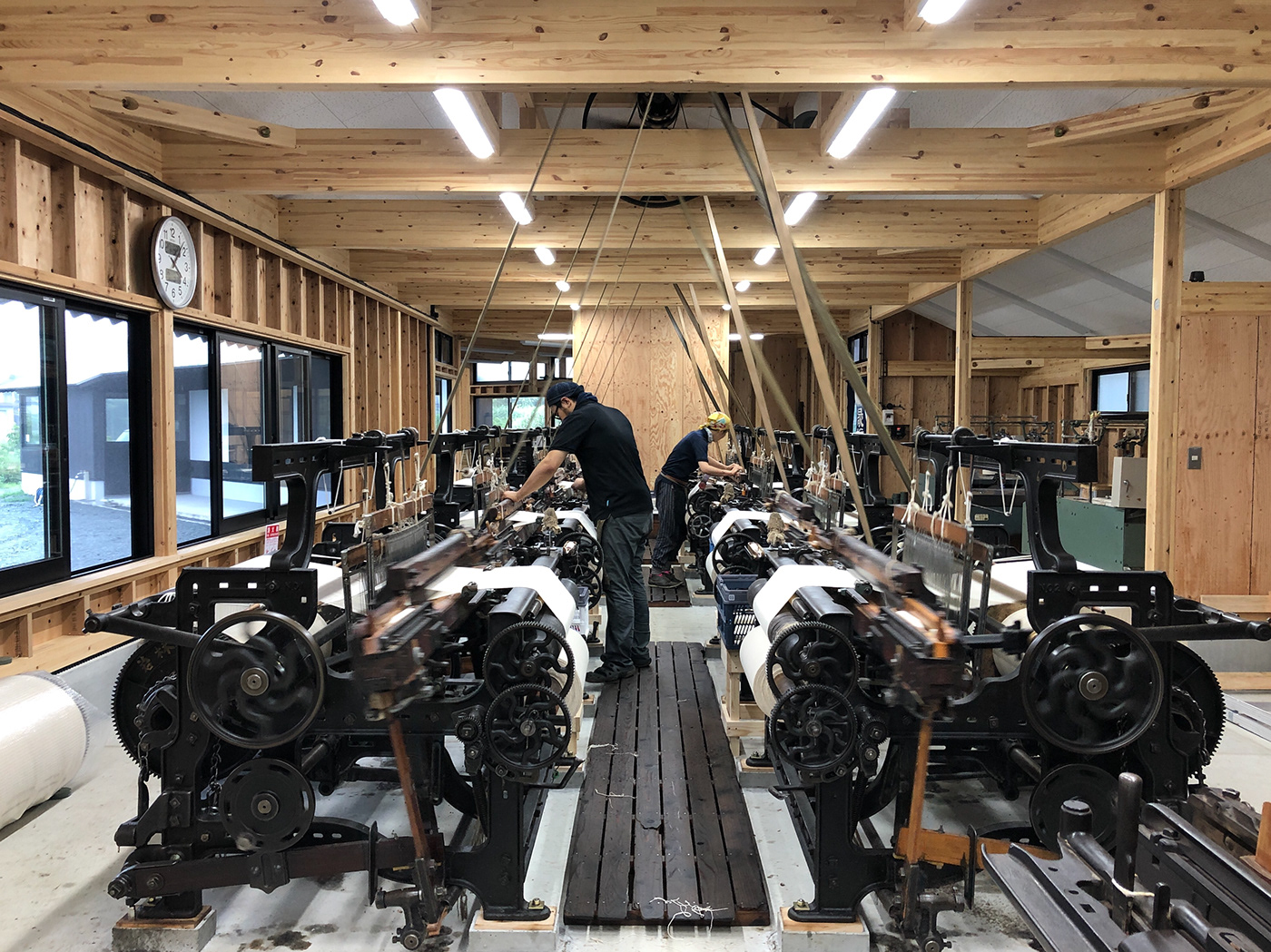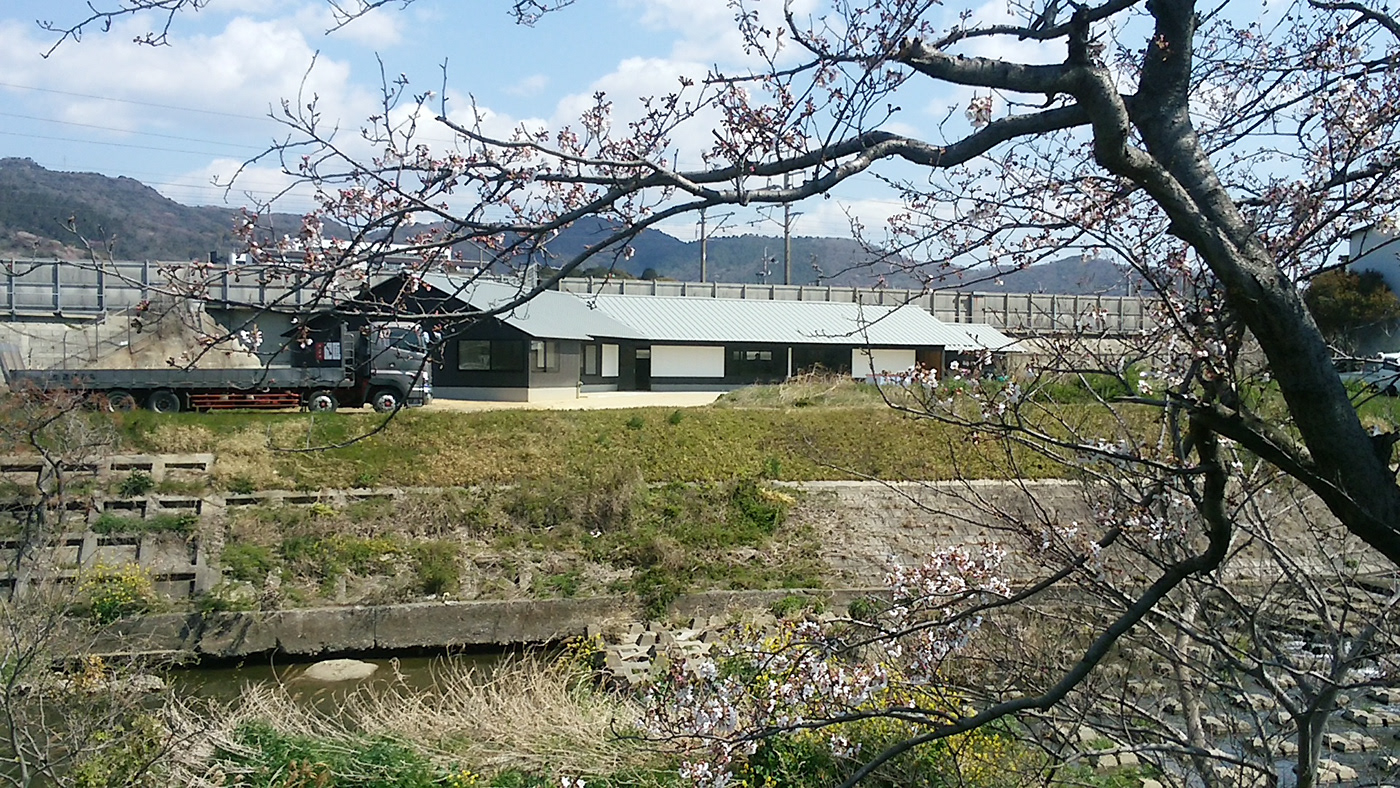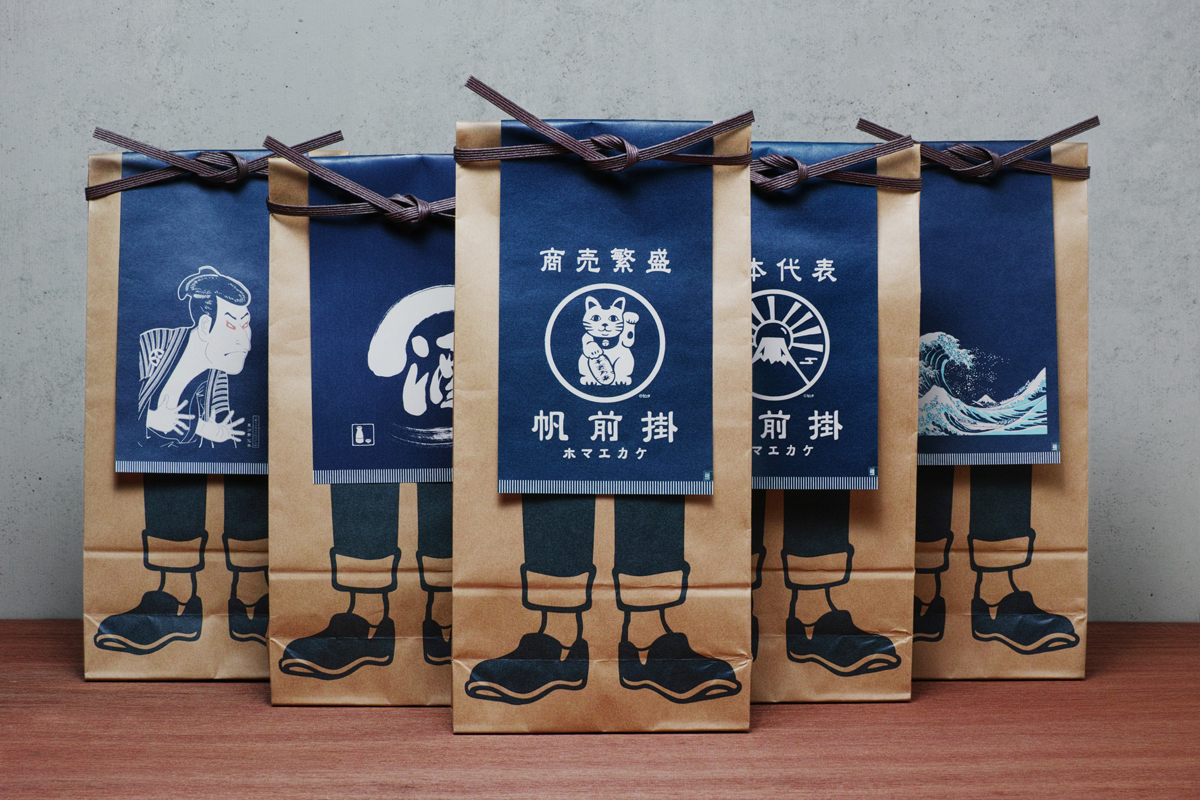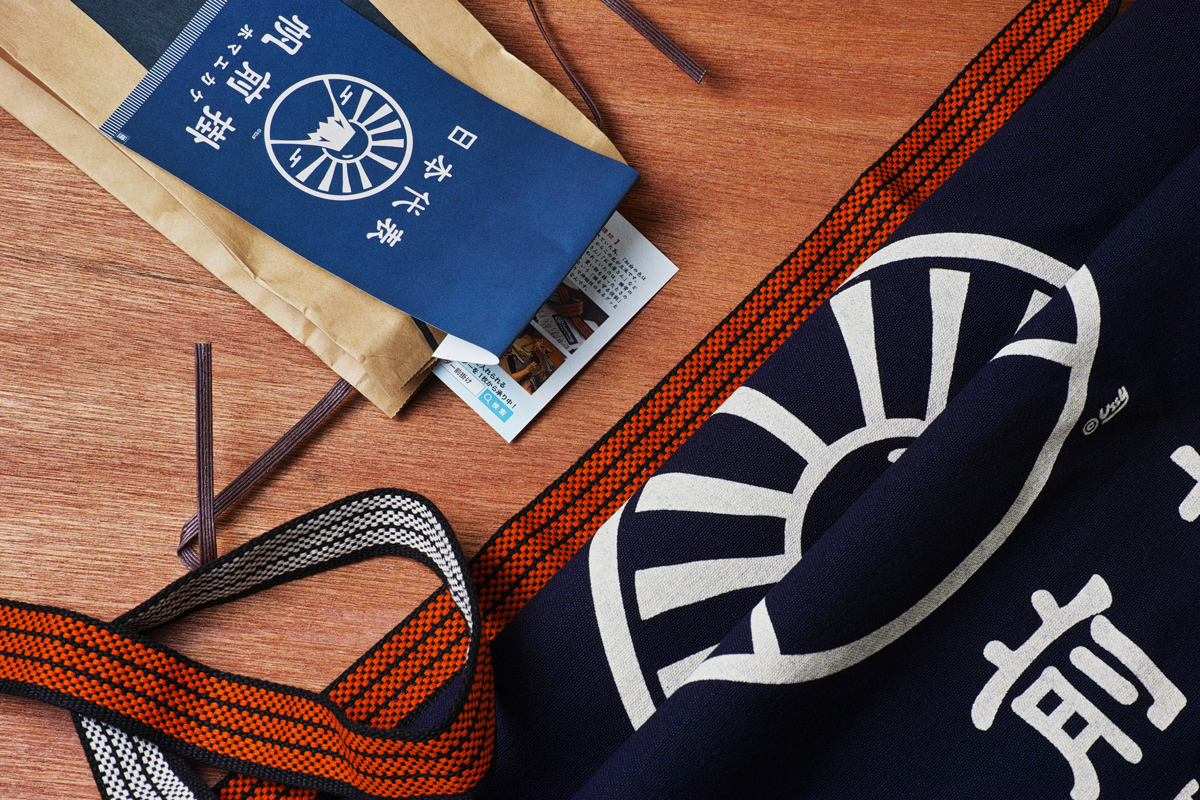
why:
For Japanese merchant culture to remain in the future, through traditional aprons.
For Japanese merchant culture to remain in the future, through traditional aprons.
日本の商人文化を象徴する前掛けを未来に残すために
In Japan, there are work clothes called "maekake" used by wrapping it around the waist like an apron, worn by workers mainly in liquor, fish, and rice stores. These aprons are said to have originated around the 15th century. Their form has become more modernized since the Edo period. The "yagō" (shop number) is dyed directly onto it, used as a uniform and for advertisement. Toyohashi City of Aichi Prefecture is known as the central production area of these aprons. Although its production increased in the apex demand post-war, the need for these aprons decreased with the times. Factories that can weave the specific thick fabric "ichi-gō," has sadly diminished to one. We questioned how we could connect the culture and industry of these aprons that are in such a precarious position.
日本には、酒屋さんや魚屋さん、米屋さんなどがエプロンのように腰に巻いて使う「前掛け」という作業着があります。15世紀頃を起源とし、江戸時代から現在に近い形になったと言われる前掛けは、働く人たちの腰を守り、衣類の破れやけがを防止してくれる実用性に加え、明治時代頃からは「屋号」が染め抜かれ、ユニフォームや広告宣伝としても使われるなど、日本の商人文化を象徴するものとして多くの人たちに愛用されてきました。前掛けの産地として知られる愛知県豊橋市は戦後、前掛け需要の高まりとともに製造量が急増しましたが、時代とともに需要が減り、いまでは江戸時代から使われてきた「一号」と呼ばれる分厚い前掛けの生地を織ることができる工場は、すでに一軒を残すのみとなっていました。もはや風前の灯火とも言える前掛けの文化や産業を、どうすれば未来につなぐことができるのでしょうか。
Changes in production value of
traditional craft industry.
伝統的工芸品産業の生産額等の推移




how:
A packaging design to improve front-end purchasing experiences.
A packaging design to improve front-end purchasing experiences.
前掛けの購買体験を劇的に向上させるパッケージ
We designed the package for apron brand "Anything," together with the craftsmen of the last "ichi-gō maekake" manufacturing factory. Up until now, the aprons were wrapped in vinyl, similar to how T-shirts are commonly sold. However, in its folded state, the overall pattern is not visible, and its unique texture cannot be felt of the "ichi-gō maekake," hard to recognize it as an apron. As it was difficult to display them on the store wall due to limited space, we aimed to innovate the sales of the apron with design. We printed on rice bags, with legs illustrated to fit under the miniature version of the apron of the same pattern as the product inside. By arranging these together in the store, the brand's diverse lineup could be conveyed easily, at the same time how it is worn. We also aimed to maximize its value through a package that deals with various issues in stores, such as creating a small hole at the back to quickly check the texture of the apron.
現存する唯一の一号前掛け製造工場の職人とともにつくる前掛けブランド「エニシング」のパッケージをデザインしました。これまで同ブランドでは、Tシャツを販売するように前掛けをビニールで包装していましたが、折り畳まれた状態になるため全体の柄が確認できないことはもちろん、一号前掛けならではの質感を確認することもできず、時には前掛けであることすら認識されないケースも少なからずありました。一方、スペース上の問題などから、店頭の壁などにディスプレイすることも難しい中、私たちは前掛けの販売にイノベーションを起こすことを目指し、商品と同じ絵柄がプリントされたミニチュアの前掛けを、足だけが印刷された米袋に貼り付けたパッケージを提案しました。これらが店頭に並ぶことによって、ブランドの多彩なラインナップと着用時のイメージを同時に伝えることが可能になりました。さらに、後ろ側には小さな穴を開け、前掛けの質感も確認できるようにするなど、店頭販売におけるさまざまな課題をクリアするパッケージによって、商品の魅力を最大限訴求することを目指しました。









now:
Japanese apron culture spread worldwide, with positive signs of regional reconstructions.
Japanese apron culture spread worldwide, with positive signs of regional reconstructions.
前掛けの文化は世界に広がり、産地復興の兆しが生まれる。
Sales dramatically improved as so did the shopping experience, now sold at airports by tourists purchasing these as souvenirs. Also, the aprons are now selling in cafes, gardening shops, and general stores in cities such as New York and London. In Japan, restaurants that are using these as uniforms, where companies and brands have begun to produce original aprons for uses such as PR and novelties. In the four years since the renewal, sales have more than doubled. Although productions were in a precarious position, they have now been revived and established as a business. We hope for these traditional aprons that symbolize Japanese merchant culture, will spread all over the world.
店頭での購買体験が劇的に向上したエニシングの売上は飛躍的に伸び、空港などでも販売されるようになり、外国人旅行者がお土産として購入するケースも増えています。さらに、ニューヨークやロンドンなどのカフェやガーデニングショップ、雑貨店でも取り扱われ、国内においても、ユニフォームに採用する飲食店や、PRやノベルティなどの用途でオリジナルの前掛けをつくる企業やブランドなどが増え、パッケージをリニューアルしてからの4年間で売上は2.2倍となりました。風前の灯火だった一合前掛けの製造も、現在はビジネスとして成立するまでに復活を遂げています。日本の商人文化を象徴する伝統の前掛けが、これからさらに世界中に広がっていくことを私たちは願っています。
what:
ANYTHING
when:
2014
where:
Toyohashi City, Aichi Prefecture, Japan
who:
Art Direction
NOSIGNER (Eisuke Tachikawa)






